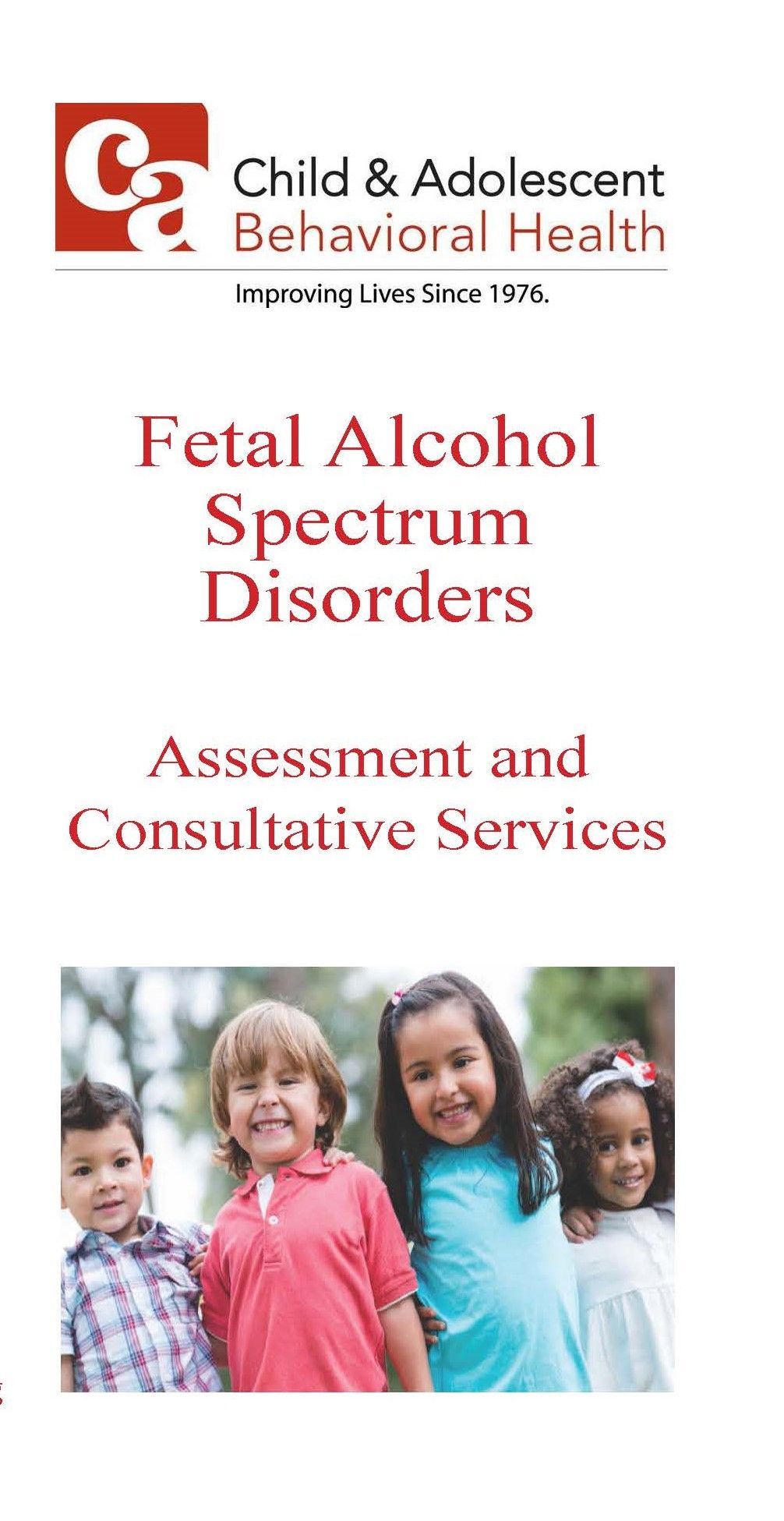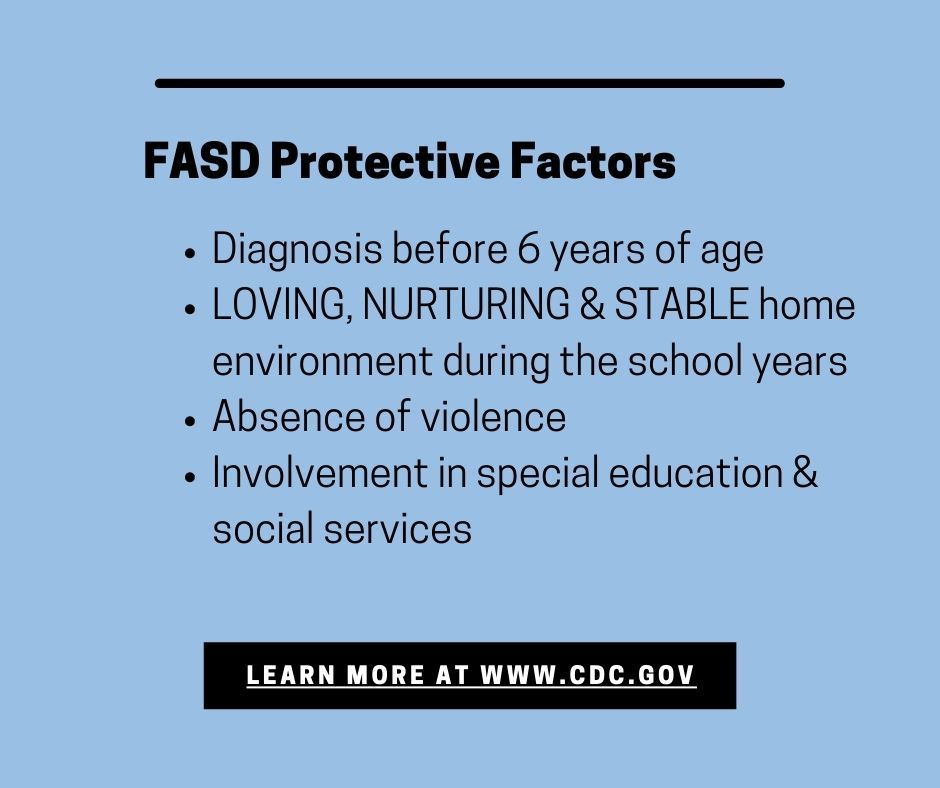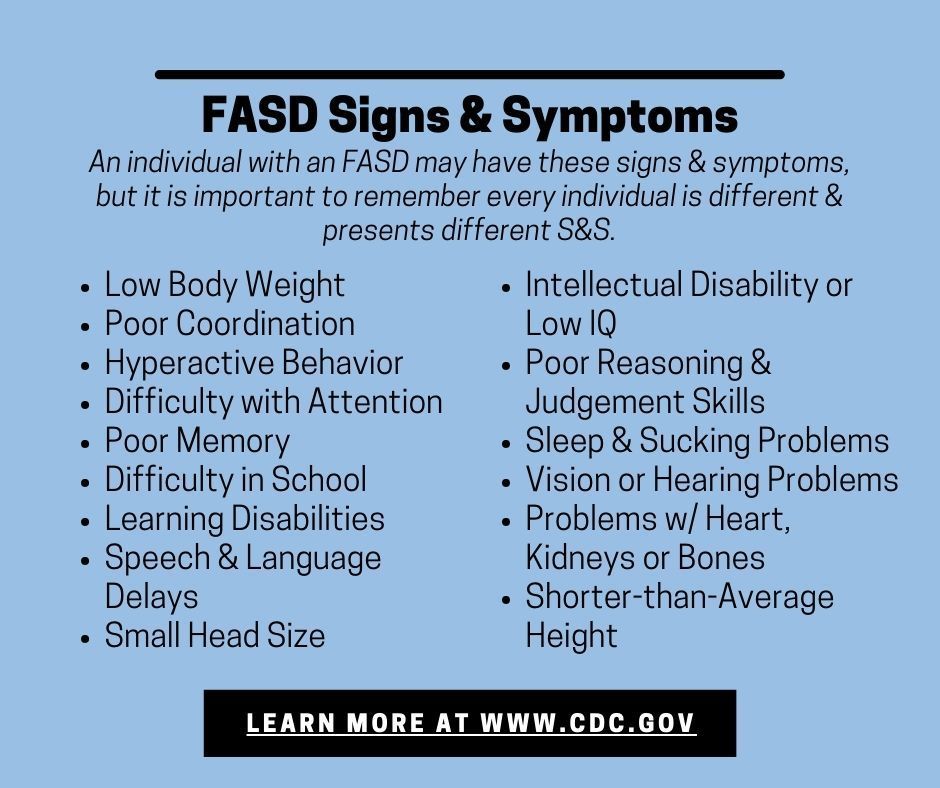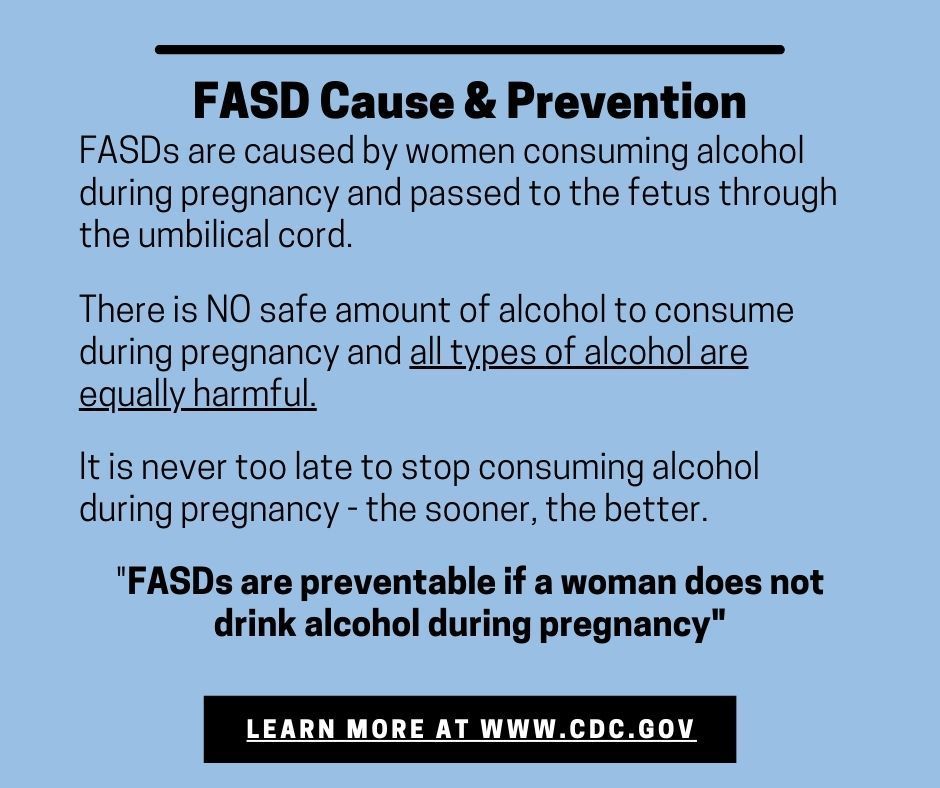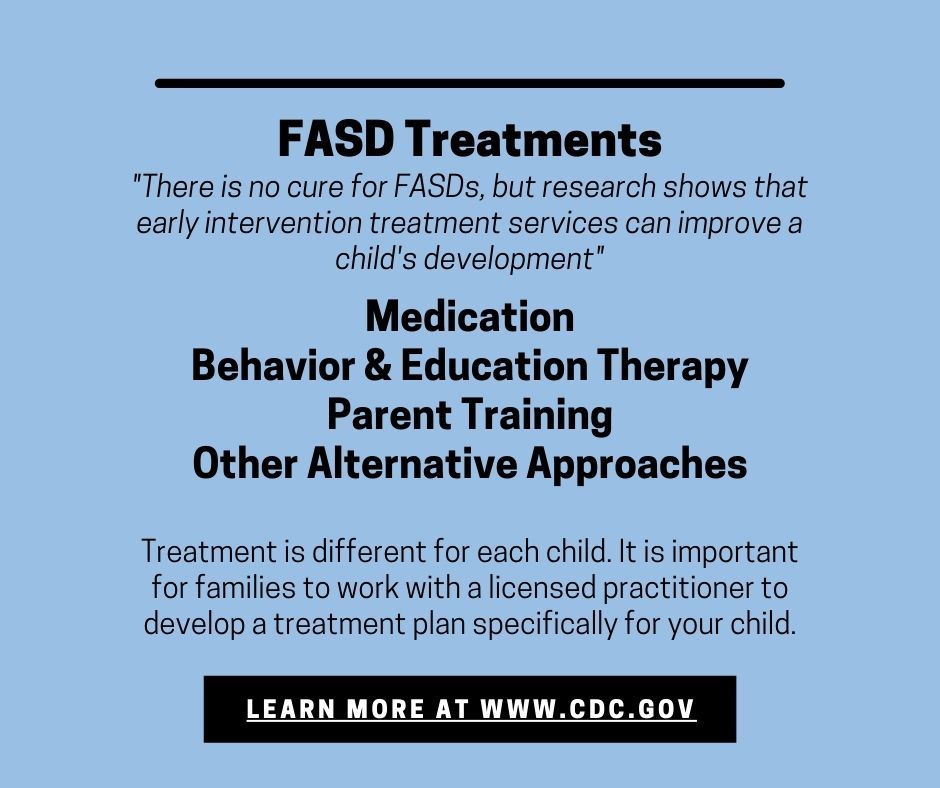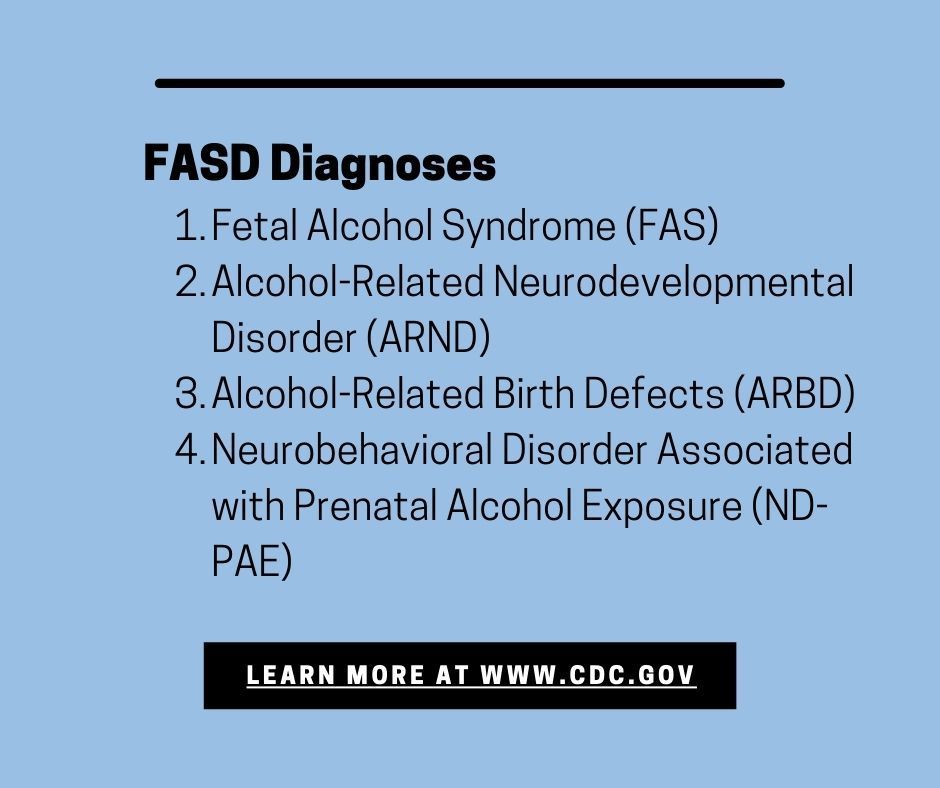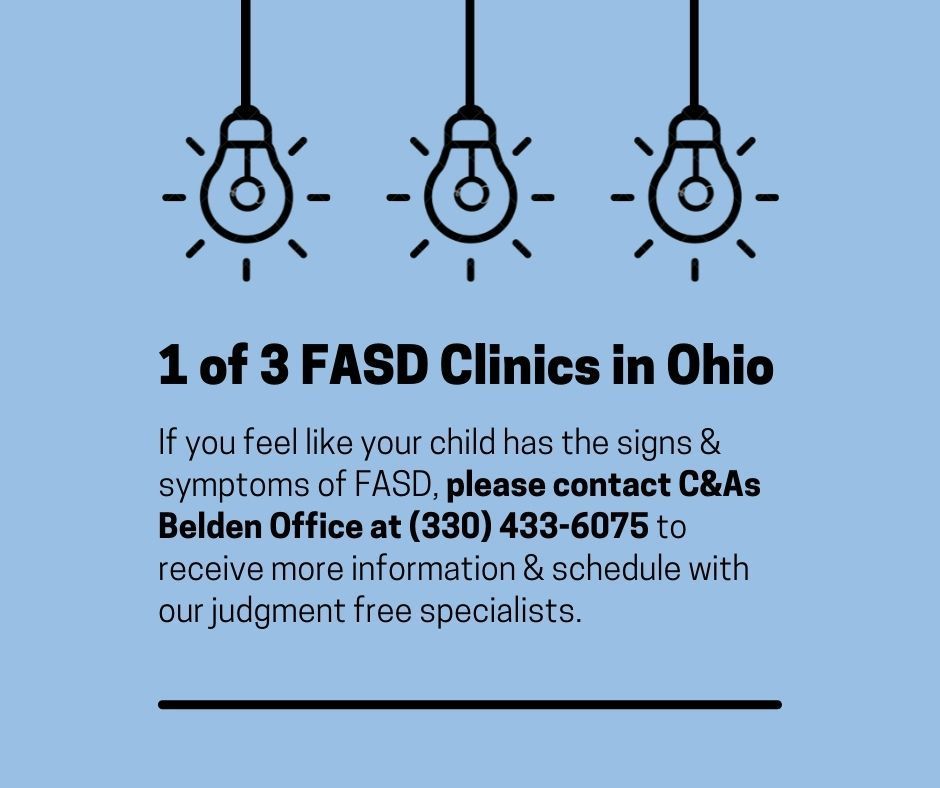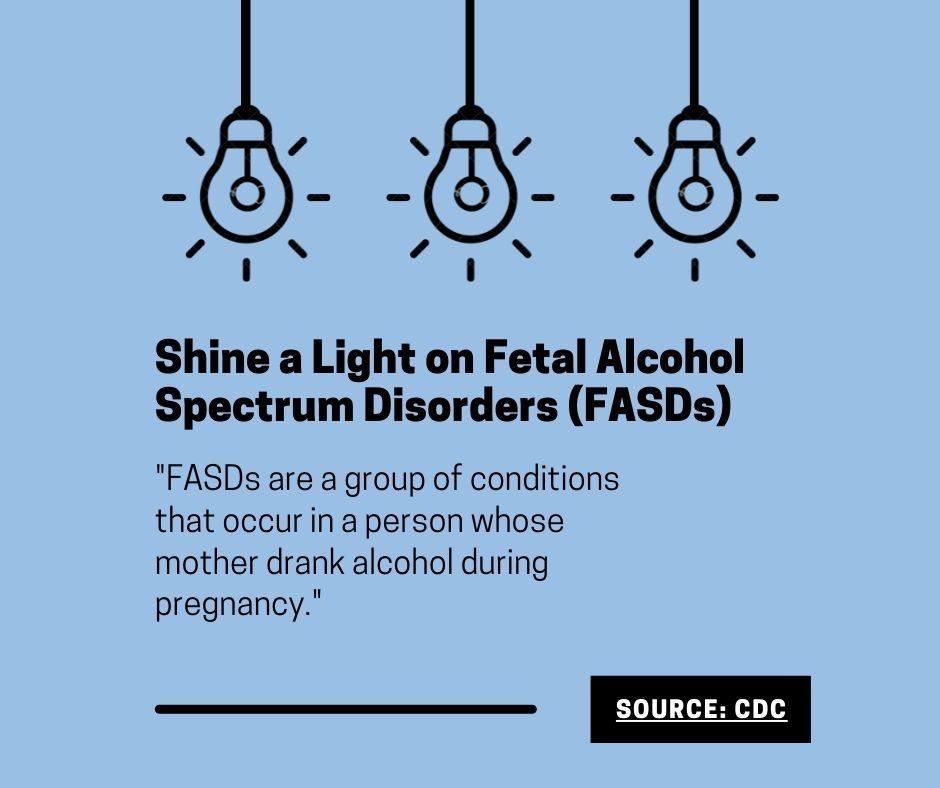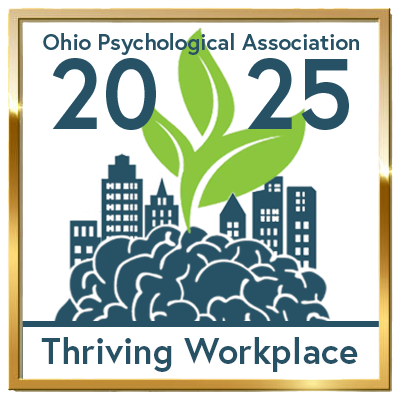Fetal Alcohol Spectrum Disorders (FASDs) is one of the most common preventable neuro-developmental disorders. FASDs are a collection of diagnoses with a range of different effects that occur in individuals who were exposed to alcohol through the umbilical cord during their mother’s pregnancy. The effects on an individual with an FASD diagnose differ from person to person and range from physical, mental, behavioral and/or learning challenges.
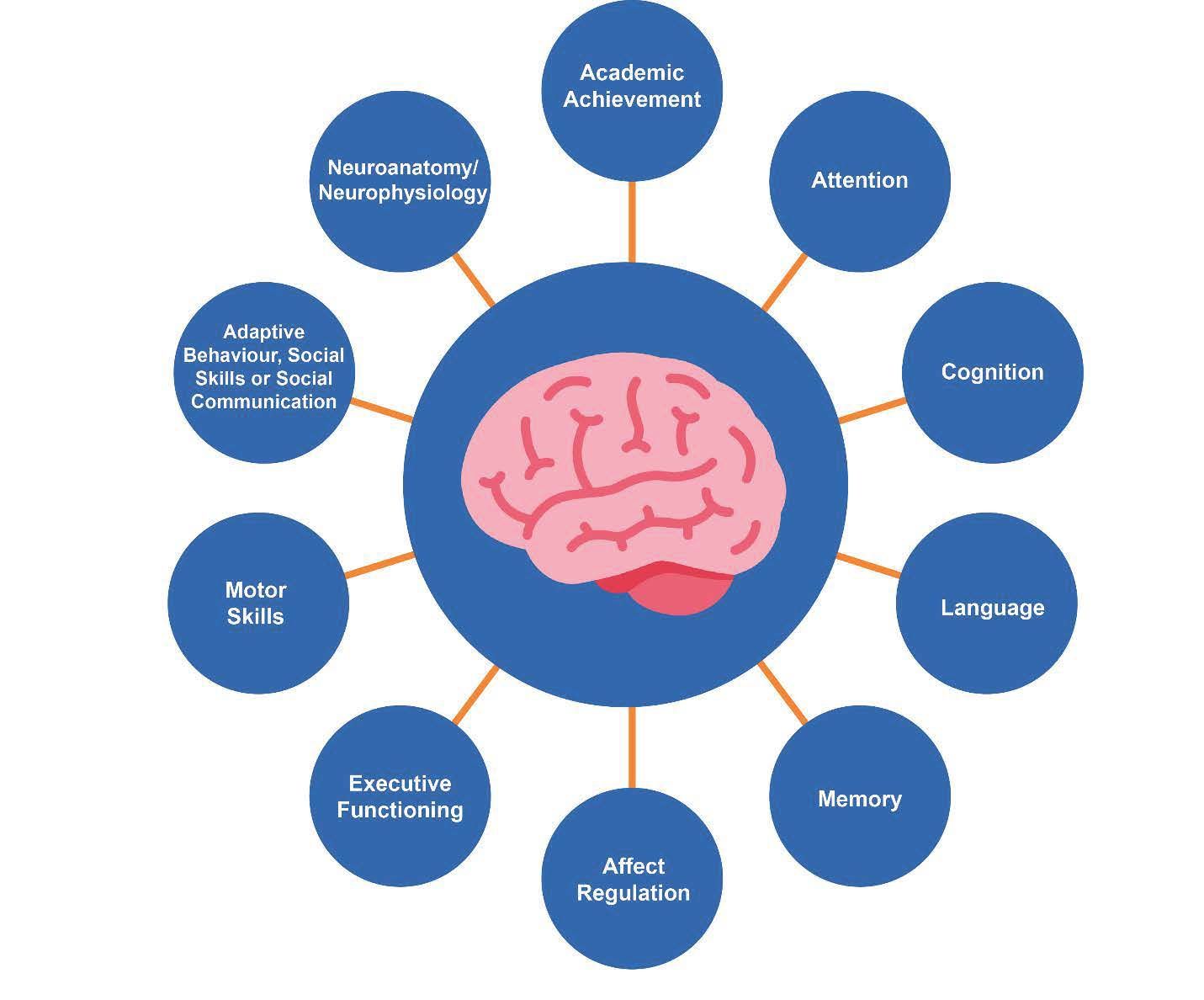
SIGNS AND SYMPTOMS
Like any other disorder, signs and symptoms differ from person-to-person. Though an individual may not experience all these signs and symptoms or the same signs and symptoms as a peer with FASDs, it is very well possible they exhibit a few. The CDC has identified the following as potential signs and symptoms:
- Low body weight
- Poor coordination
- Hyperactive behavior
- Difficulty with attention
- Poor memory
- Difficulty in school (especially with math)
- Learning disabilities
- Speech and language delays
- Intellectual disability or low IQ
- Poor reasoning and judgmental skills
- Sleep and sucking problems as a baby
- Vision or hearing problems
- Problems with heart, kidneys, or bones
- Shorter-than-average height
- Small head size
- Abnormal facial features, such as smooth ridge between the nose and upper lip
FASD DIAGNOSES
Four FASD diagnoses have been identified based on the different signs and symptoms displayed in individuals.
Fetal alcohol syndrome (FAS) is the most involved diagnosis in the FASDs category. FAS can affect all aspects of an individual’s life and typically effect the central nervous system.
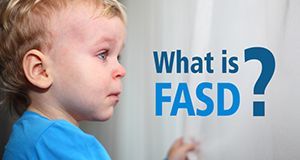
Alcohol-related neurodevelopmental disorder (ARND) most commonly affects an individual’s learning and behavioral ability.
Alcohol-related birth defects (ARBD) affects an individual’s physical health. Most commonly, physicians notice complications with an individual’s heart, kidneys, and bone growth.
Lastly, neurobehavioral disorder associated with prenatal alcohol exposure (ND-PAE) affects three areas: thinking and memory, behavioral challenges and trouble with day-to-day living.
Unlike many other diagnoses, there is no medical test to confirm an FASD diagnosis and many signs and symptoms mimic other disorders such as Attention Deficit Disorder or Attention Deficit Hyperactivity Disorder. Physicians look at four aspects to confirm diagnosis of FASDs:
- Prenatal alcohol exposure
- Central nervous system problems
- Lower-than-average weight and/or height
- Abnormal facial features
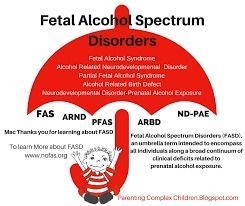
TREATMENT AND HELP
FASD is a preventable lifetime disorder with no cure, but studies reveal that with early diagnosis and intervention an individual’s symptoms may reduce in severity and development may improve. Physicians have identified treatments that show improvement an individual’s day-to-day life: medication, alternative approaches, therapy and parent training.
If a parent suspects their child has FASDs, they can contact their primary care physician, school resource counselor, school psychologist, local mental health agency and/or FASD clinic. Child and Adolescent Behavioral Health is one of three FASD clinics in the state of Ohio. Early diagnosis, and therefore, early intervention may allow for great improvement in a child’s development physically, mentally and emotionally.
It is important to remember that FASD is preventable, but if you suspect a child has FASD, early diagnosis and treatment can better a child’s life.
Currently, C&A is one of three FASD clinics in the state of Ohio, and the only clinic in Northeastern Ohio. For more information or to make an appointment, call 330-433-6075.
* Information for this blog post was taken from the Centers for Disease Control and Prevention. (2021, May 21). Basics about fasds. Centers for Disease Control and Prevention. https://www.cdc.gov/ncbddd/fasd/facts.html.
RECENT POSTS









